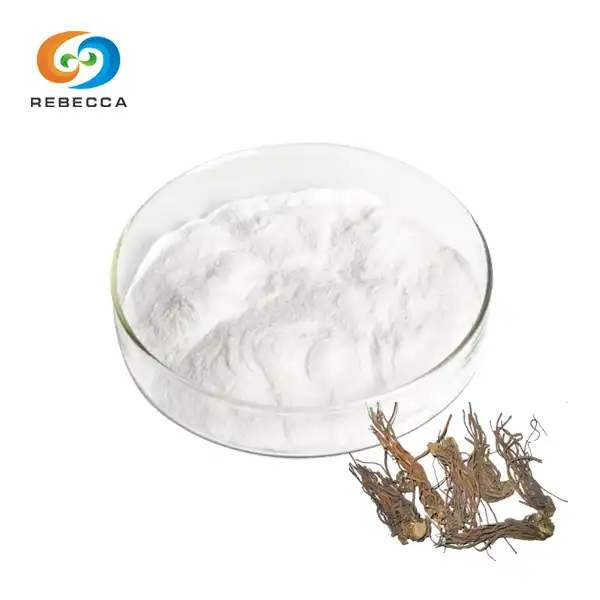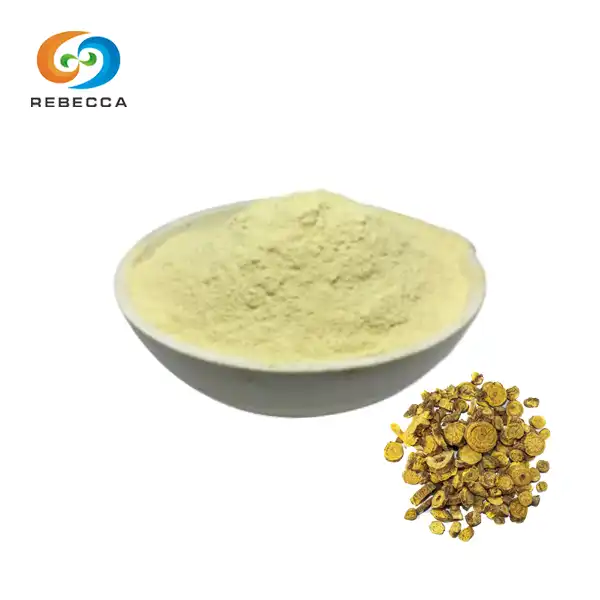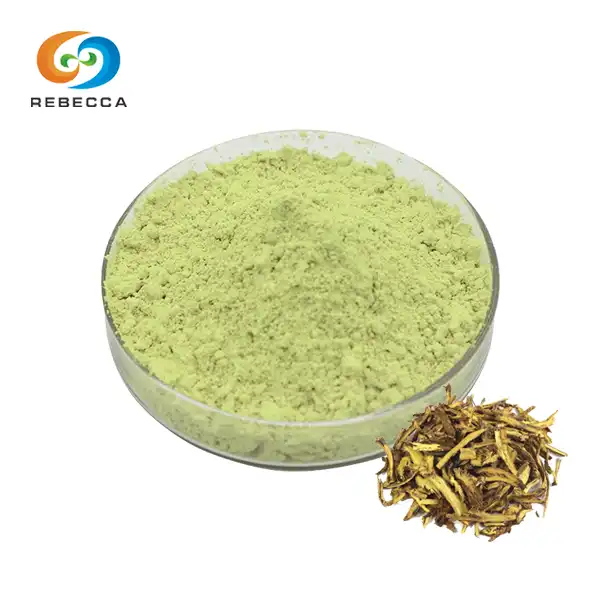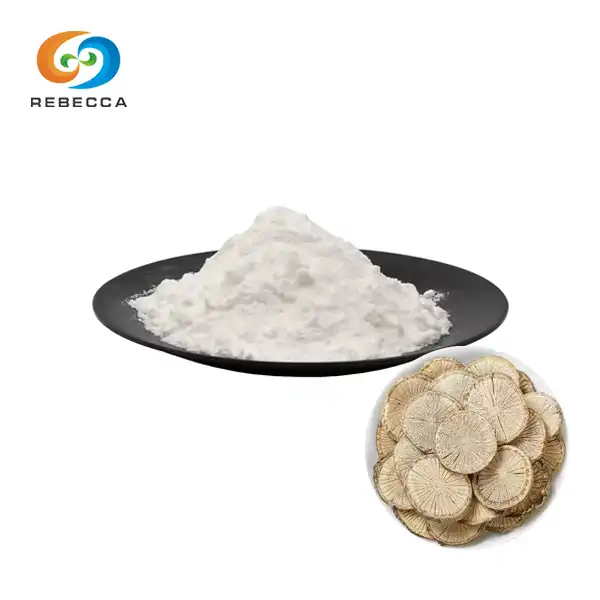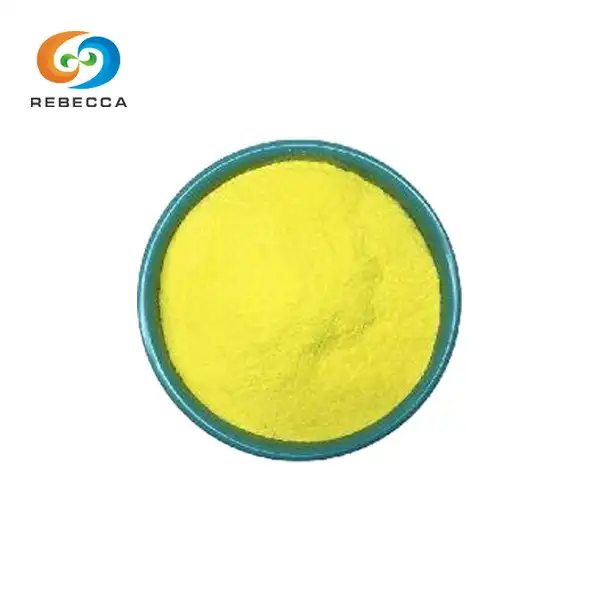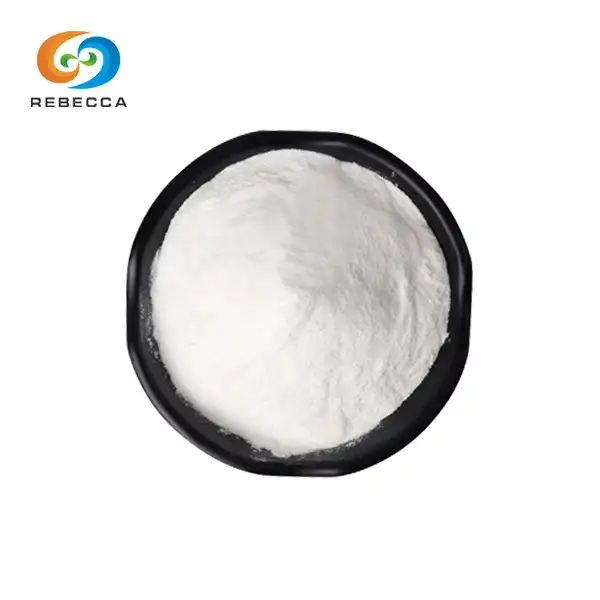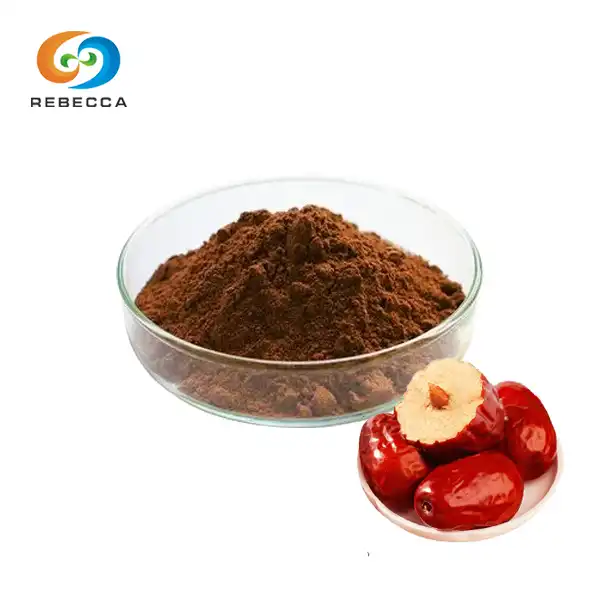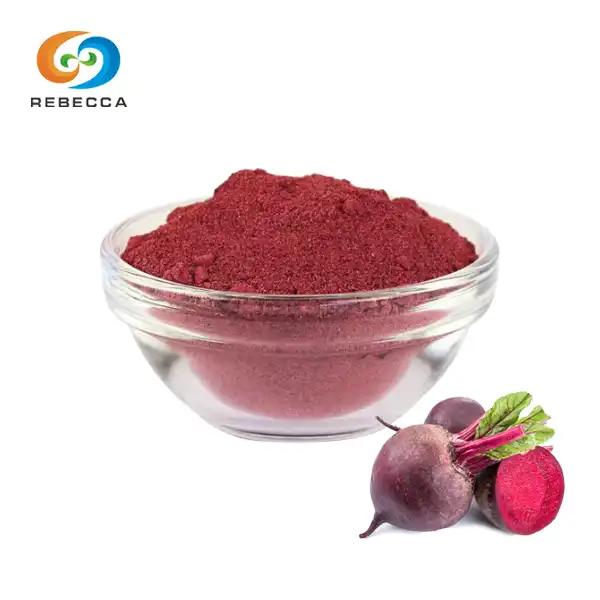How much pterostilbene in blueberries?
Blueberries are renowned for their health benefits, largely due to their rich polyphenol content. Among these compounds, pterostilbene extract (CAS: 537-42-9) has garnered significant attention in recent years. But how much pterostilbene is actually present in blueberries? The answer isn't straightforward, as the pterostilbene content can vary widely depending on several factors. Generally, blueberries contain relatively low amounts compared to other polyphenols, with concentrations typically ranging from 99 to 520 ng/g of fresh weight. This means that in a standard serving of blueberries (about 148 grams), you might find anywhere from 14.65 to 76.96 micrograms. While this may seem minuscule, it's important to note that pterostilbene is a potent compound, and even small amounts can potentially contribute to health benefits. However, for those seeking higher concentrations, pterostilbene powder supplements derived from plant extracts are available, offering a more concentrated source of this valuable compound.
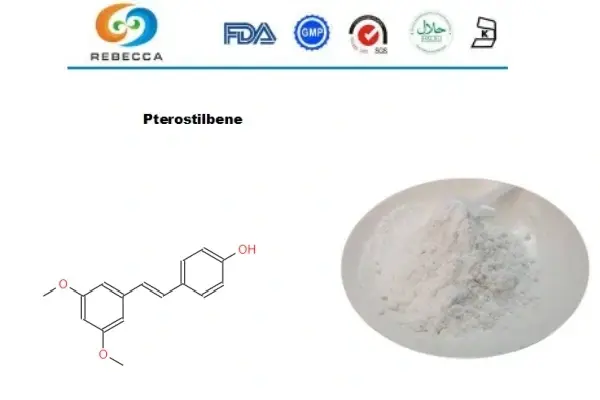
Pterostilbene in Blueberries: How Much is Present?
Quantifying Pterostilbene Levels
Pterostilbene extract, a dimethylated analog of resveratrol, is found in relatively low quantities in blueberries compared to other polyphenols. Advanced analytical techniques such as high-performance liquid chromatography (HPLC) coupled with mass spectrometry are typically used to quantify pterostilbene levels accurately. These methods have revealed that pterostilbene concentrations in blueberries can range from 99 to 520 ng/g of fresh weight, depending on various factors including cultivar, growing conditions, and ripeness.
Variability Across Blueberry Species
The pterostilbene content can vary significantly across different blueberry species and cultivars. For instance, studies have shown that wild blueberries (Vaccinium angustifolium) tend to have higher levels compared to cultivated highbush blueberries (Vaccinium corymbosum). Some specific cultivars, such as 'Bluecrop' and 'Tifblue', have been found to contain higher pterostilbene concentrations than others. This variability underscores the importance of considering the specific blueberry type when assessing its content.
Pterostilbene vs. Resveratrol Content
Although pterostilbene and resveratrol share structural similarities, their concentrations in blueberries showcase marked differences. Generally, resveratrol is found in higher quantities, ranging from 7 to 5,884 ng/g of fresh weight in blueberries. Conversely, pterostilbene extract appears in significantly lower amounts. Nevertheless, due to its superior bioavailability and heightened lipophilicity compared to resveratrol, it may offset its lower levels, potentially rendering it a more potent compound with respect to biological activity.
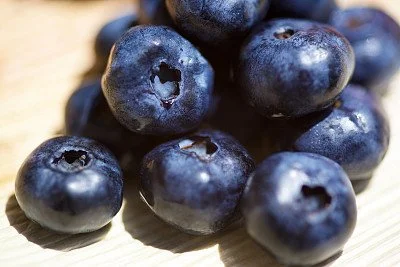
Elements Influencing Pterostilbene Concentrations in Blueberries
Environmental Factors
Environmental elements significantly impact the pterostilbene concentration within blueberries. Sunlight exposure is especially vital, as increased UV light can promote the synthesis of pterostilbene as a defensive response in the plant. Elevation also affects levels; research indicates that blueberries grown at greater altitudes might possess increased pterostilbene due to heightened UV exposure and environmental stressors. The make-up of the soil, involving nutrient availability and pH metrics, can influence the plant’s capability to produce it. Furthermore, variations in temperature and water scarcity may also adjust the manufacturing of this treasured polyphenol.
Agricultural Practices
The way blueberries are cultivated can significantly impact their content. Organic farming practices, which typically involve less use of synthetic pesticides and fertilizers, may lead to higher levels as the plants naturally produce more defensive compounds. The timing of harvest is also crucial; some research suggests that pterostilbene concentrations may peak just before full ripeness. Post-harvest handling and storage conditions can affect its stability, with proper cold storage helping to preserve levels. Moreover, innovative agricultural techniques such as elicitor treatments or controlled stress conditions are being explored to enhance pterostilbene production in blueberries.
Genetic Factors
Genetic variability among blueberry cultivars is a major determinant of pterostilbene extract content. Different blueberry genotypes have varying capacities to synthesize and accumulate it. This genetic diversity offers opportunities for selective breeding programs aimed at developing blueberry varieties with enhanced pterostilbene levels. A few analysts are investigating the plausibility of utilizing hereditary building strategies to upregulate the chemicals included in pterostilbene biosynthesis, possibly making blueberry plants with essentially higher concentrations.
Understanding the genetic pathways involved in pterostilbene production could lead to more targeted approaches for increasing its content in blueberries.

Comparison with Other Polyphenols in Blueberries
Anthocyanins vs. Pterostilbene
Anthocyanins represent the most prevalent polyphenols found in blueberries, accounting for their distinctive blue hue. Typically, the levels of anthocyanins in blueberries range from 25 to 495 mg per 100g of fresh weight, which is considerably greater than those of pterostilbene. While anthocyanins are recognized for their strong antioxidant effects, they possesses unique biological properties that may enhance the effects of anthocyanins. For example, pterostilbene demonstrates an exceptional capability to traverse cellular membranes due to its lipophilic characteristics, possibly improving its bioavailability and effectiveness in particular physiological functions. The combined effects of anthocyanins and pterostilbene in blueberries might play a role in the fruit's overall health advantages.
Flavonoids and Phenolic Acids
In addition to pterostilbene extract, blueberries boast a wide variety of flavonoids and phenolic acids. Flavonoids such as quercetin, kaempferol, and myricetin are found in concentrations that range from 2 to 30 mg per 100g of fresh weight. Phenolic acids like chlorogenic acid, caffeic acid, and ferulic acid are present in quantities from 20 to 330 mg per 100g. Although these compounds are more prevalent than pterostilbene, each plays a distinctive role in the overall polyphenol composition of blueberries. its structural likeness to resveratrol differentiates it from other polyphenols, potentially providing unique health advantages such as improved neuroprotective and anti-inflammatory effects.
Bioavailability and Metabolic Fate
Its bioavailability and metabolic process are distinct from other polyphenols in blueberries. it shows greater bioavailability than resveratrol and several other polyphenols due to its dimethylated configuration, which boosts its lipophilicity and durability against metabolic degradation. Research indicates that pterostilbene possesses a longer half-life within the body compared to resveratrol, which may permit more prolonged biological impacts. The metabolic routes engage phase II enzymes, resulting in the creation of sulfate and glucuronide conjugates. These metabolites might retain some biological activity, adding to the overall health impacts of blueberry consumption. Grasping the unique pharmacokinetics is essential to understanding its potential health benefits within the context of the diverse polyphenol array in blueberries.
Looking for premium pterostilbene extract at factory-direct prices? Rebecca has you covered! As a trusted manufacturer, we provide high-quality extracts designed to meet your needs—whether it’s for supplements, skincare, or other health-focused products.
Let’s make your next project a success! Email us at information@sxrebecca.com to learn more about our products, pricing, and how we can work together. Our team is here to answer your questions and provide the perfect solution for your business.

References:
- Rimando, A. M., Kalt, W., Magee, J. B., Dewey, J., & Ballington, J. R. (2004). Resveratrol, pterostilbene, and piceatannol in vaccinium berries. Journal of Agricultural and Food Chemistry, 52(15), 4713-4719.
- McCormack, D., & McFadden, D. (2013). A review of pterostilbene antioxidant activity and disease modification. Oxidative Medicine and Cellular Longevity, 2013, 575482.
- Riche, D. M., McEwen, C. L., Riche, K. D., Sherman, J. J., Wofford, M. R., Deschamp, D., & Griswold, M. (2013). Analysis of safety from a human clinical trial with pterostilbene. Journal of Toxicology, 2013, 463595.
